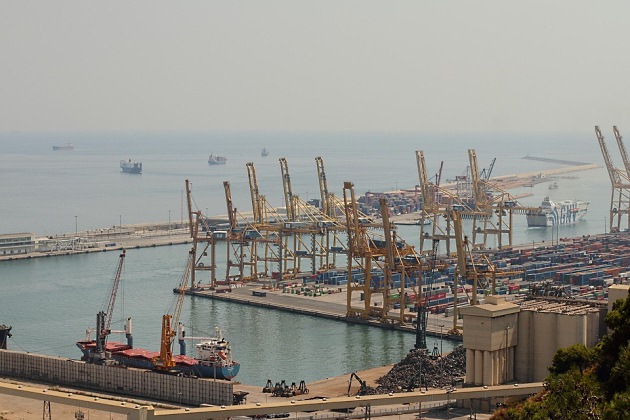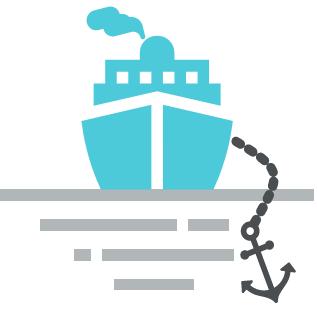Hub (Maritime Term) – Definition and Pronunciation
What is Hub?
Hub is a contractual point where buyers and sellers execute transactions for gas. Hubs can be notional or physical, transregional (one or more transmission system operators (TSOs)) or within-country (one TSO). Hubs generally consist of a Hub Services Agreement (operator) and Standard Trading Contract (trader). Examples of notional hubs are the National Balancing Point (NBP) in the UK and the Title Transfer Facility (TTF) in the Netherlands. Physical hubs include the Henry Hub in the US and the Zeebrugge Terminal (ZBT) in Belgium. See Market centre.
Examples of Hub
Finally, it is important to note that a significant part of the LNG value chain can be contained within the boundaries of a Port and, especially if a multi-modal hub is also included, it will very likely be seen the co-existence of different stakeholders in the port area.
From “LNG (Liquefied Natural Gas) as Fuel”.

Source: Pixabay.com
From “The Ship/Shore Interface – Communications Necessary for Matching Ship to Berth”
There are other types of flexible couplings such as grid-type as manufactured by “Falk“, which utilize a sinuous spring that meshes with teeth in the outer periphery of the coupling hubs; pin-type, which utilize axially oriented bolts in the coupling hubs which engage holes in the opposite hub, as well as others. However, for large horsepower machinery, the gear and diaphragm type couplings are the most prevalent.
From “Key Components of Gas Steam Turbines: Couplings, Shafts and Bearings”.
